Sherman Gardens 9/8/2017
In Town Escape From The Pressures Of Living!
Time For A Pre-Holiday Visit

We are on our way! Time for lunch!

The "coastal garden" cuisine at Café Jardin marries vibrantly fresh California produce with a French pedigree. The restaurant is located in full view of the central flower gardens. Dining takes place outdoors for the most part, moving indoors in case of inclement weather - a rarity in Orange County.

California Viscosity Studios of Boulder Creek, California is run by the husband and wife team Scott Graham and Cristy Aloysi. Their glass sculptures are inspired by the redwoods and are carefully hand-shaped so no two pieces are exactly the same. There will be five installations located throughout the Gardens.

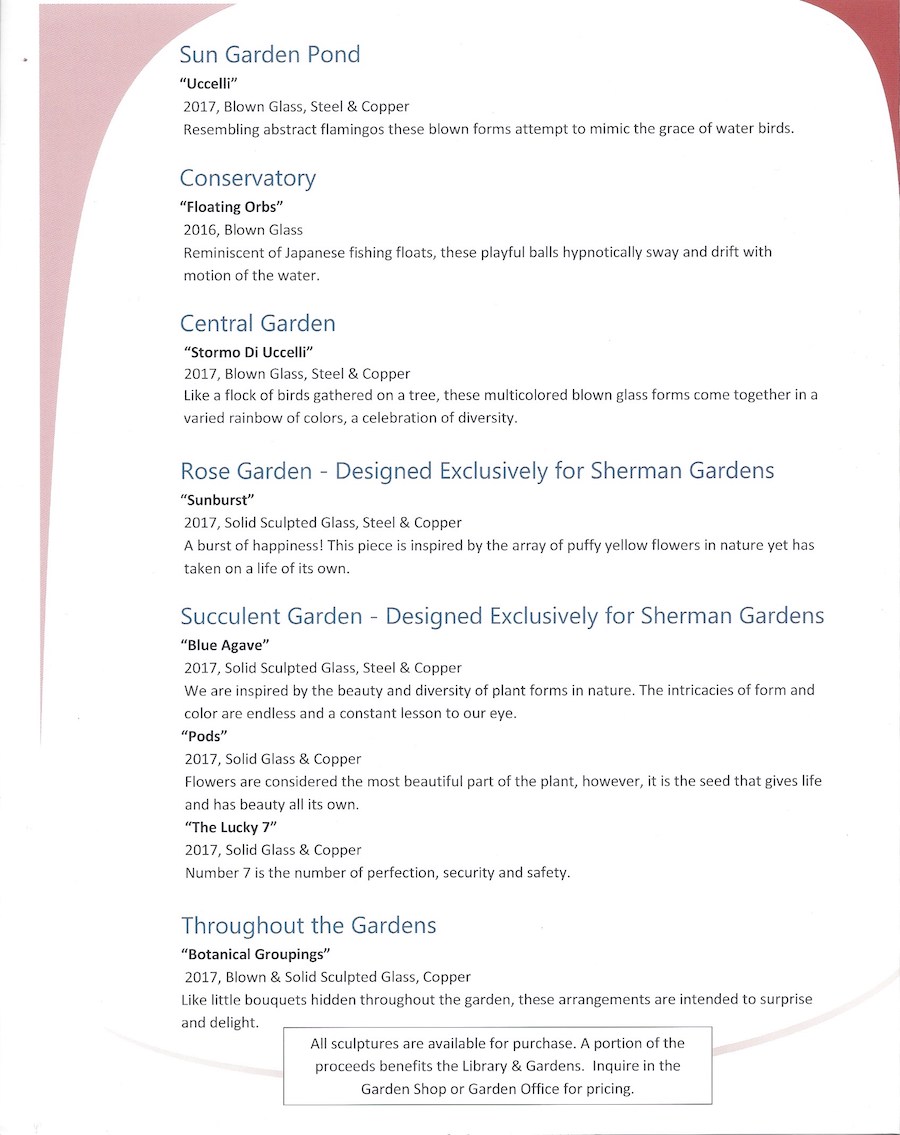




After lunch we walked through the various gardens

Glass sculptures were located throughout the gardens

The glass seems to fit right into the displays

A little blue flower pops out of the blue ice plant

This years rains did the garden well!

The cactus, at a distance, looked like running water
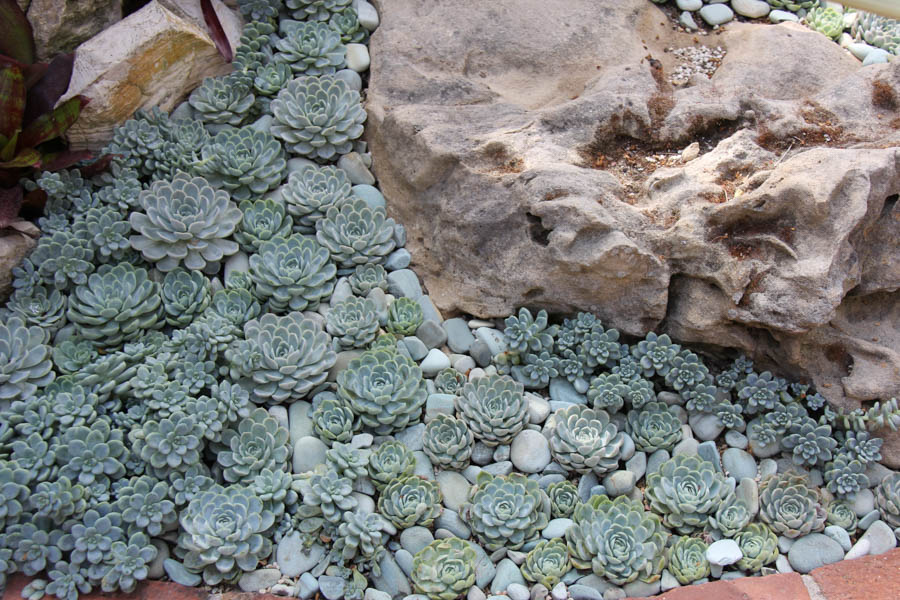
Flowing around the rocks in the stream!

How many shade of green to do see?

It was a bright day!
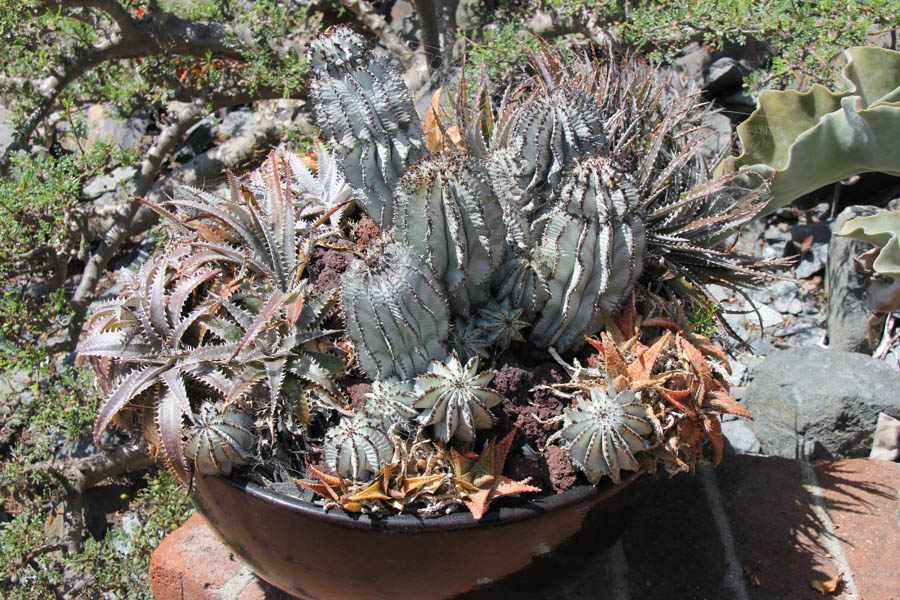
The pot was full!

Just beautiful!

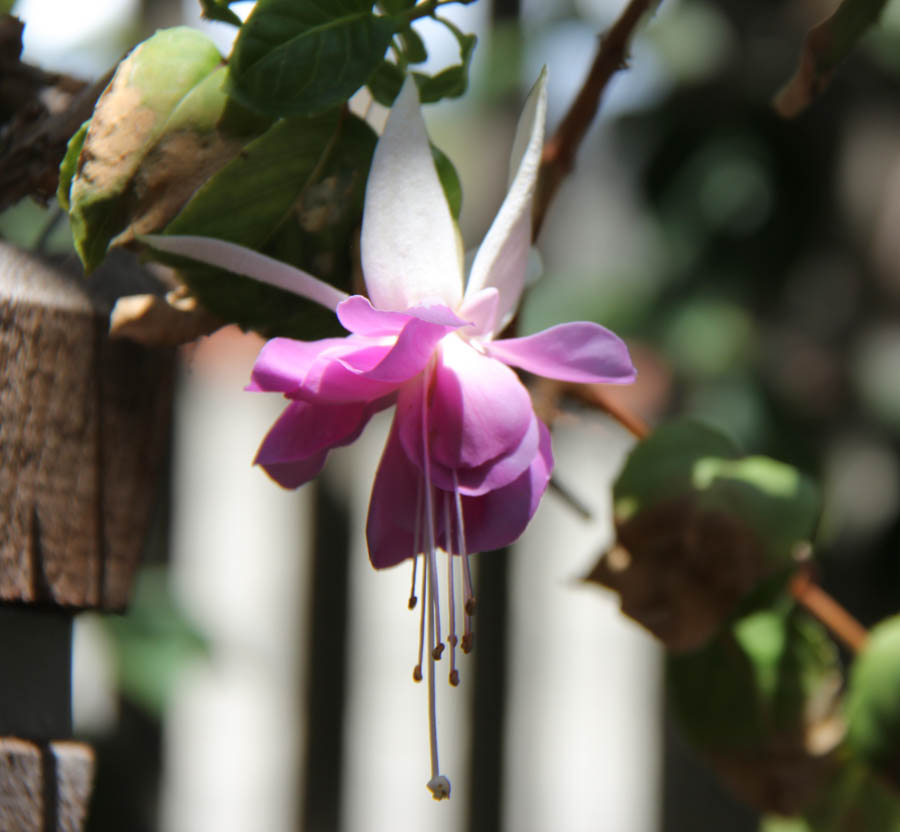
The fushias were beautiful and blooming even this late in the year

Ready to open up

Looks like cotton candy.... Duh! That;s it name!

Mother nature is amazing!
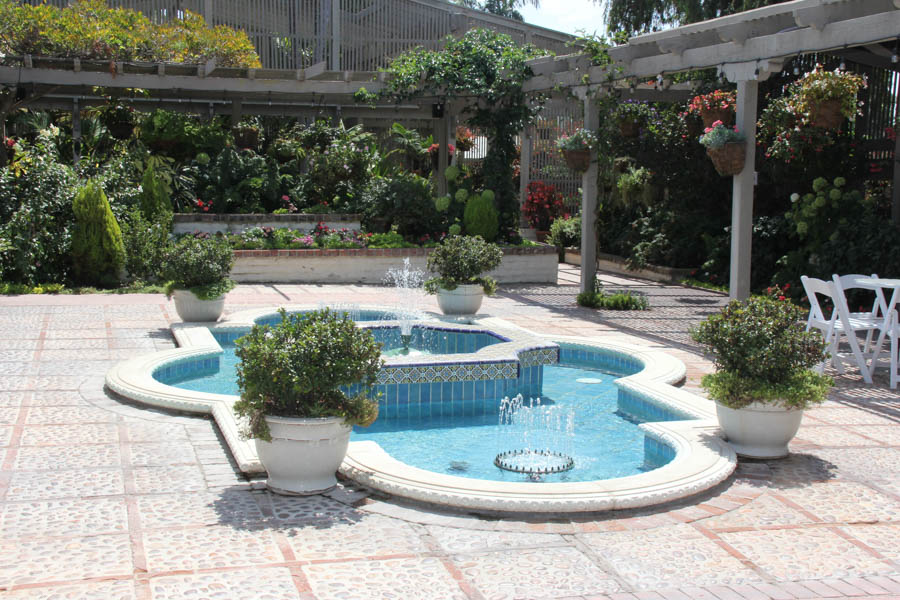
The tropical conservancy has a wonderful fountain/pool

The Phyllanthaceae are most numerous in the tropics, with many in the south temperate zone, and a few ranging as far north as the middle of the north temperate zone.
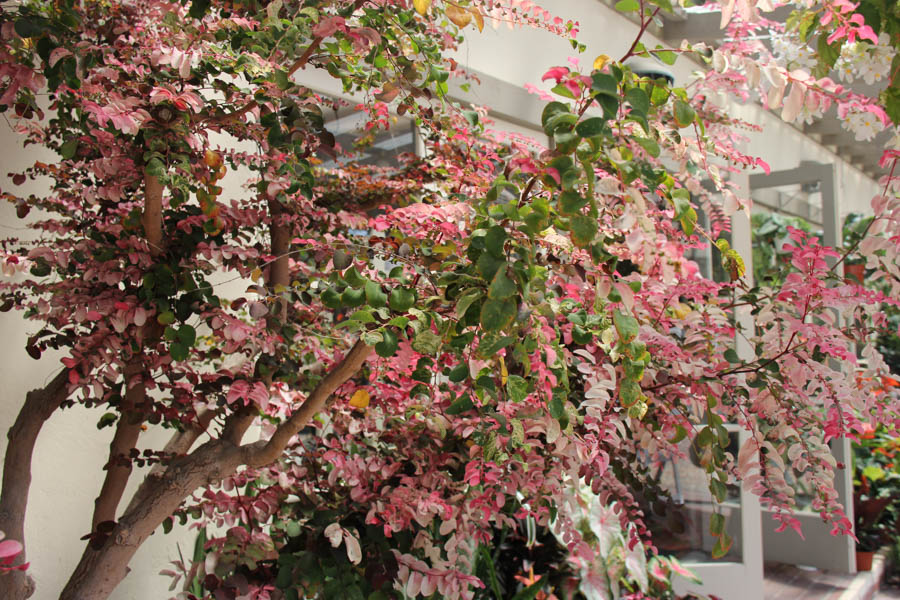
So delicate

The veins are amazing
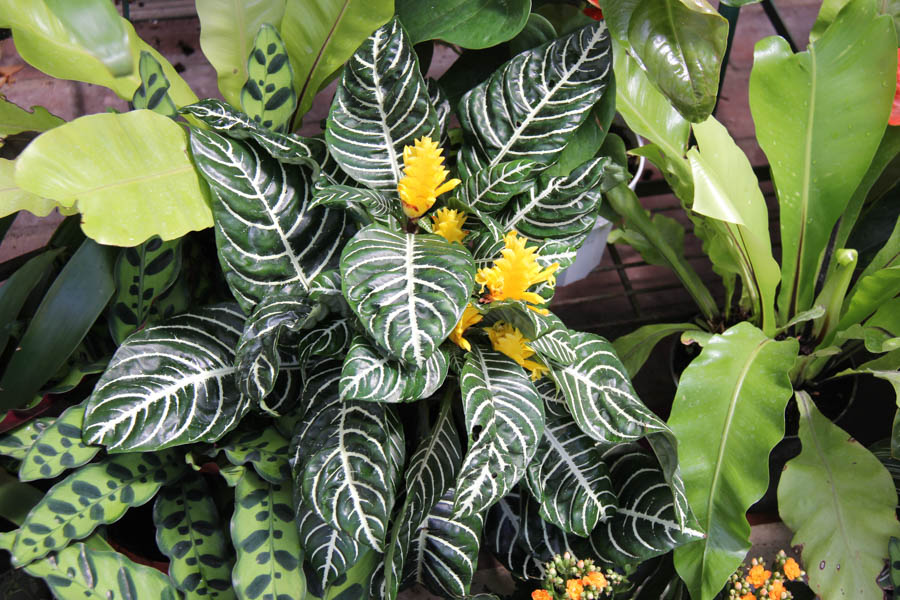
Who painted this wonderful plant?
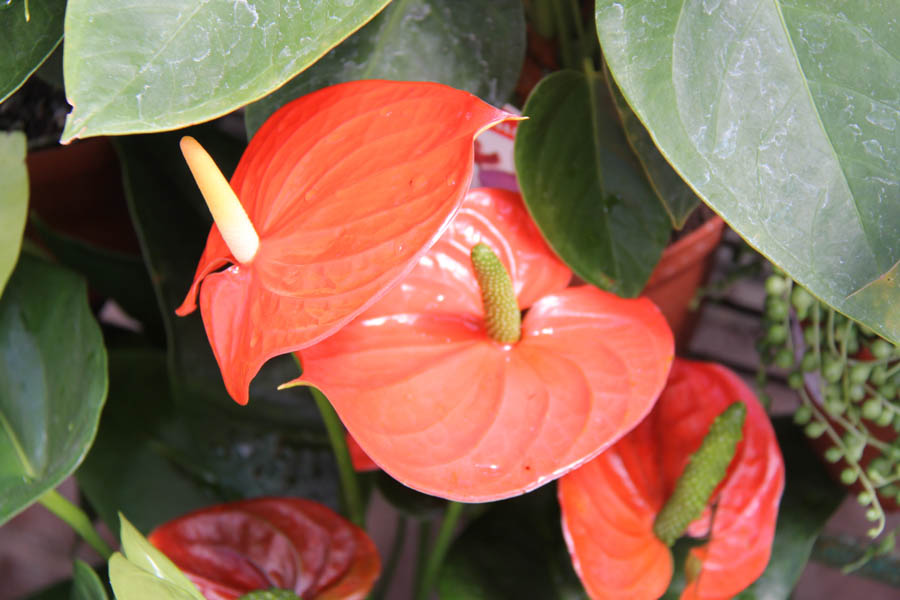
Fire engine red Anthurium?
Did You Know? - The leaves are structured in such a way that they can turn toward the sun, which is similar to the sunflower. The drier areas where Anthurium is found has species with leaves that form a bird’s nest shape to catch falling debris and water, which offers food and fertilizer. Anthurium does have flowers, but these are very small and come in different shapes (tapered, globe, spiral and club) as well as in various colors (green, pink, purple, white, red or a combination of colors). The flowers also offer a wide range of fragrances.

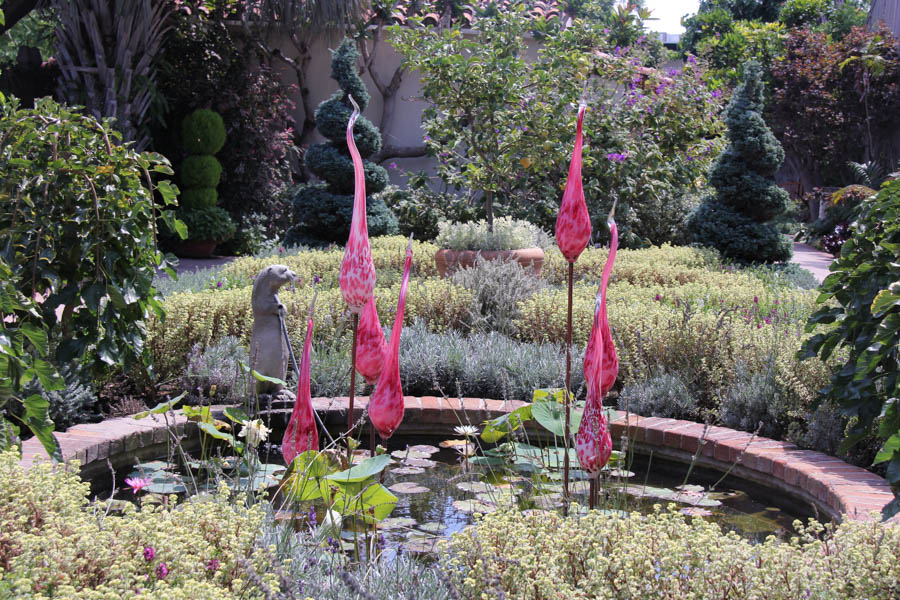
Do they look like flamingos? They are!

...and they move slightly in the wind!

Seems to have captivated the local wildlife!
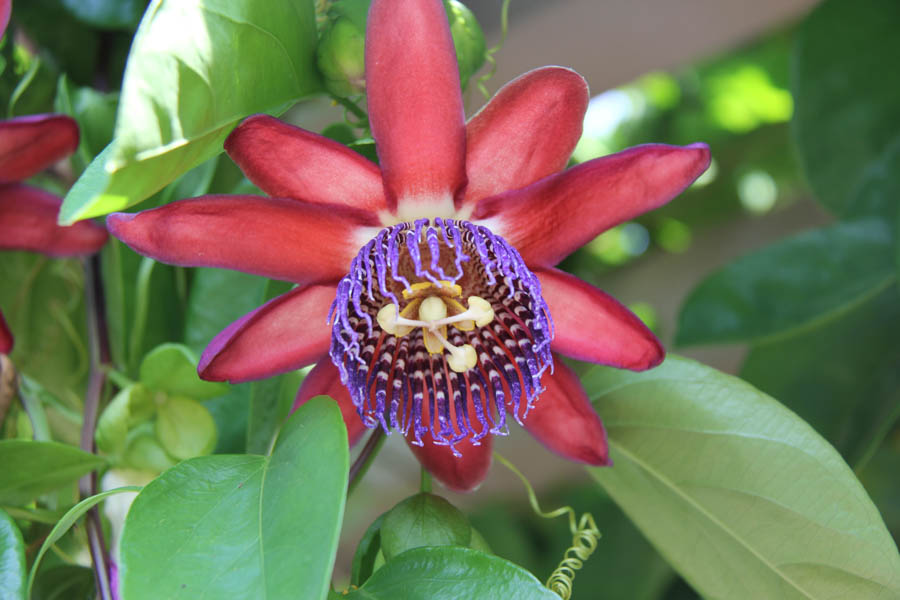
The Passions Flower
Did You Know? - Passiflora, known also as the passion flowers or passion vines, is a genus of about 500 species of flowering plants, the type genus of the family Passifloraceae.
They are mostly vines, with some being shrubs, and a few species being herbaceous. For information about the fruit of the passiflora plant, see passionfruit. The monotypic genus Hollrungia seems to be inseparable from Passiflora, but further study is needed.

So very delicate
Did You Know? - According to the records, the Spanish missionaries used passion flowers to illustrate the crucifixion story of Jesus Christ. When they discovered Passion flowers in America in the sixteenth century, they saw reference to ten of the twelve apostles (except Peter and Judas) in the five sepals and five central petals in the Passiflora flowers. To them, the three pistils resembled the nails by which Jesus Christ was nailed on the cross. The corona looked like the Crown of thorns worn by Christ. Its winding tendrils resembled a whip. The three outer leaves represented the three Maria’s (Jesus’ mother, Mary of Bethany and Mary Magdalene) at the cross. The blue colour of the flower was said to refer to heaven or to Maria’s blue robe.

The rose garden is good sized!
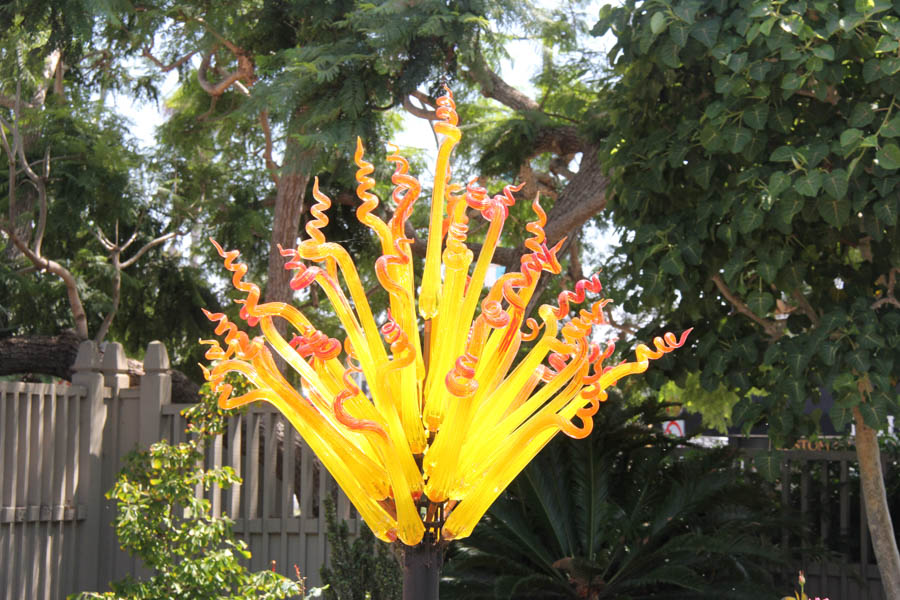
"Sun Burst" At the Sherman Library and Gardens 2017

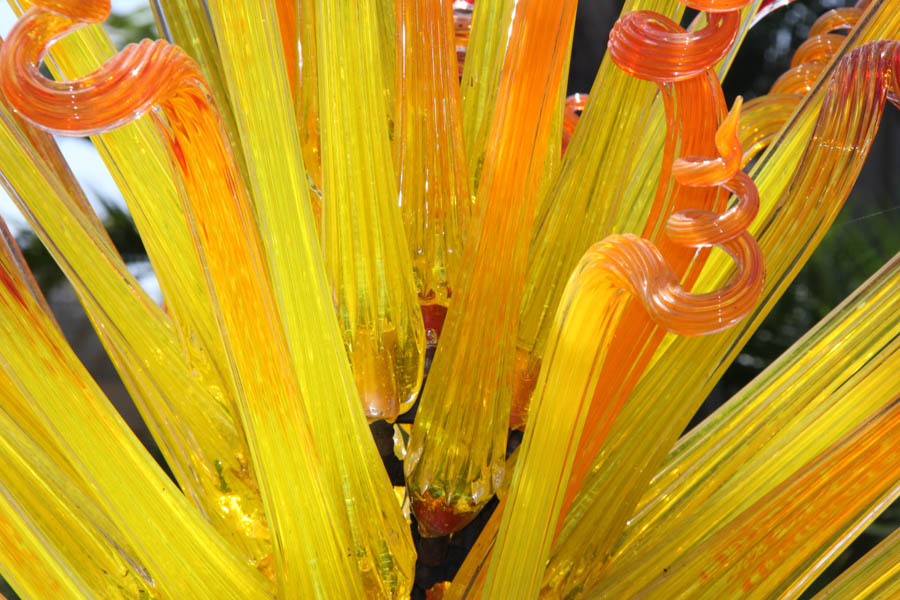
Brilliant colors especially in the bright garden!
 Right in the middle of the roses
Right in the middle of the roses
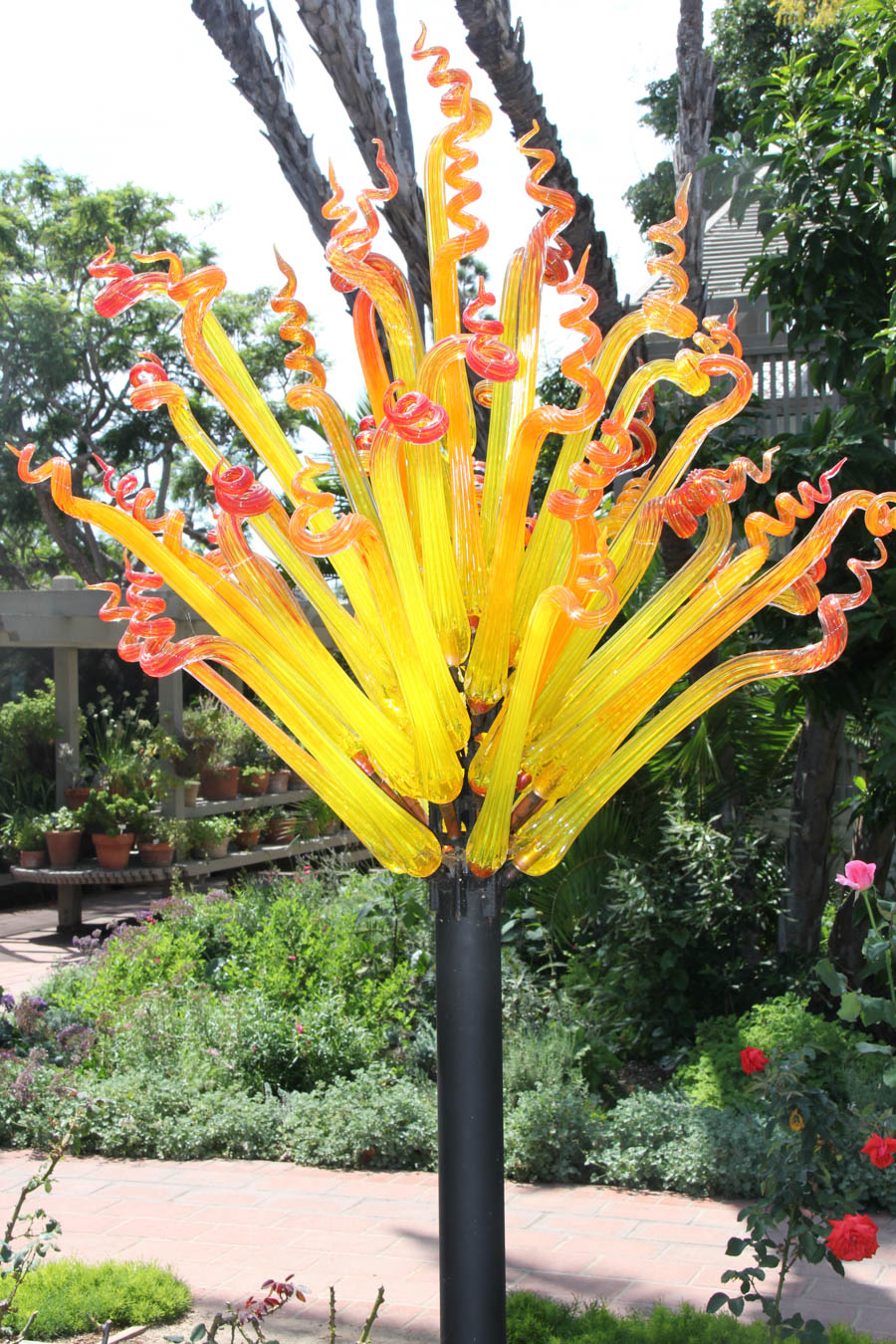
Looks like it is reaching for the Sun

Standing tall

Also in the rose garden are.... Roses!

Looks like butter!
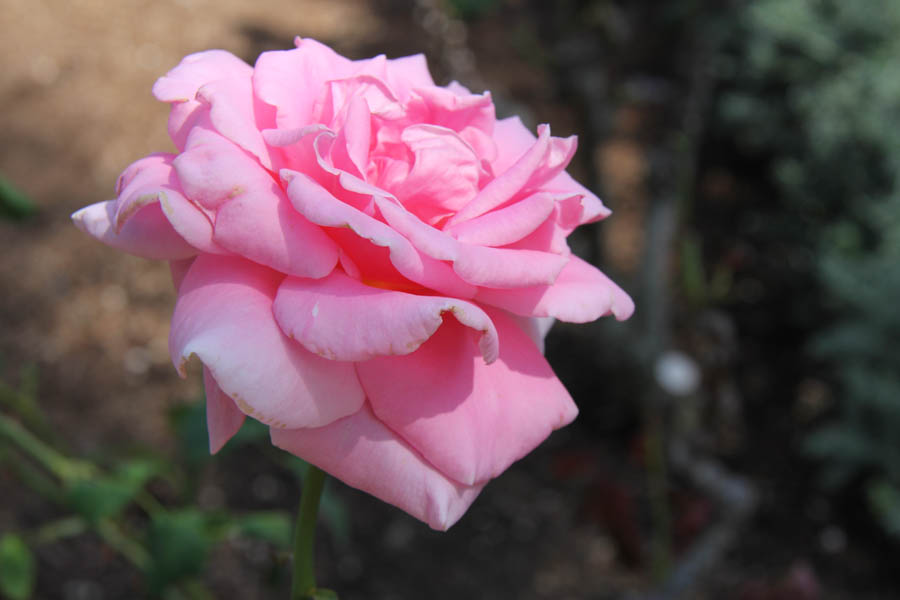
Pretty in pink!

Water lily's in a pot? Yes, it works!

Something is in the water!

He is keeping an eye on the flower!


Almost looks like Hawaii!!

The grotto is inside a glass enclosed building where the humidity is high!
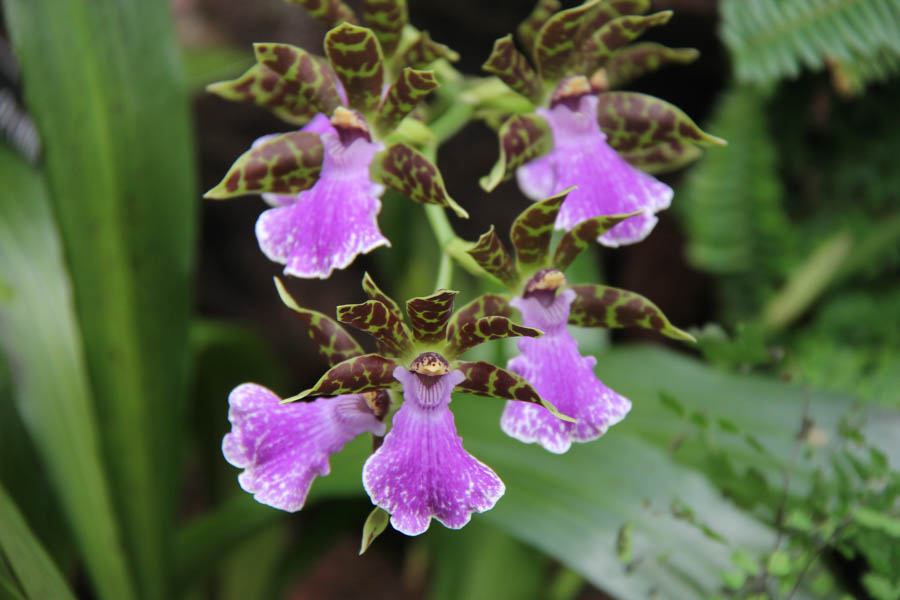
The orchids were quite pretty today!

We had more glass flowers inside the "hot house"

Orchids popped out at every turn

So amazing.... Why did they end up like this?
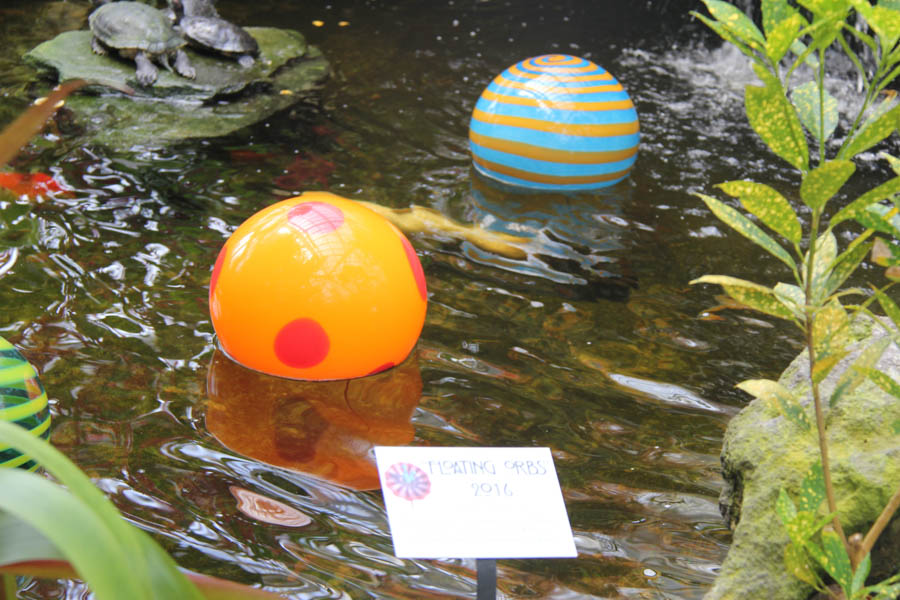
Floating glass balls decorated the pool!
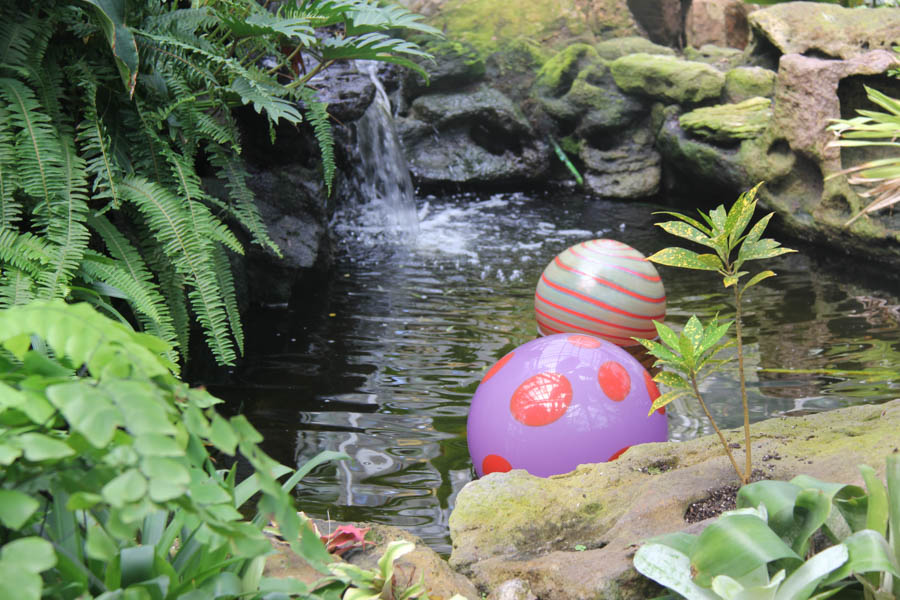
They floated all over the pool!

Alert! Alert!

The red-eared slider was just sitting and watching the world go by!
Did You Know? - They were moved inside because in the outside pool, they ate the water lilies!
The red-eared slider (Trachemys scripta elegans), also known as the red-eared terrapin, is a semiaquatic turtle belonging to the family Emydidae. It is a subspecies of the pond slider. It is the most popular pet turtle in the United States and is also popular as a pet in the rest of the world.
It has, therefore, become the most commonly traded turtle in the world.
It is native to the southern United States and northern Mexico, but has become established in other places because of pet releases, and has become an invasive species in many areas, where it outcompetes native species.
The red-eared slider is included in the list of the world's 100 most invasive species published by the IUCN.

"Hey... Watcha doing?"

"This is my bestest smile!"

Things are looking up!

The turtles enjoy seeing the glass balls moving around the pool!

The koi are getting huge!

Just hanging around!
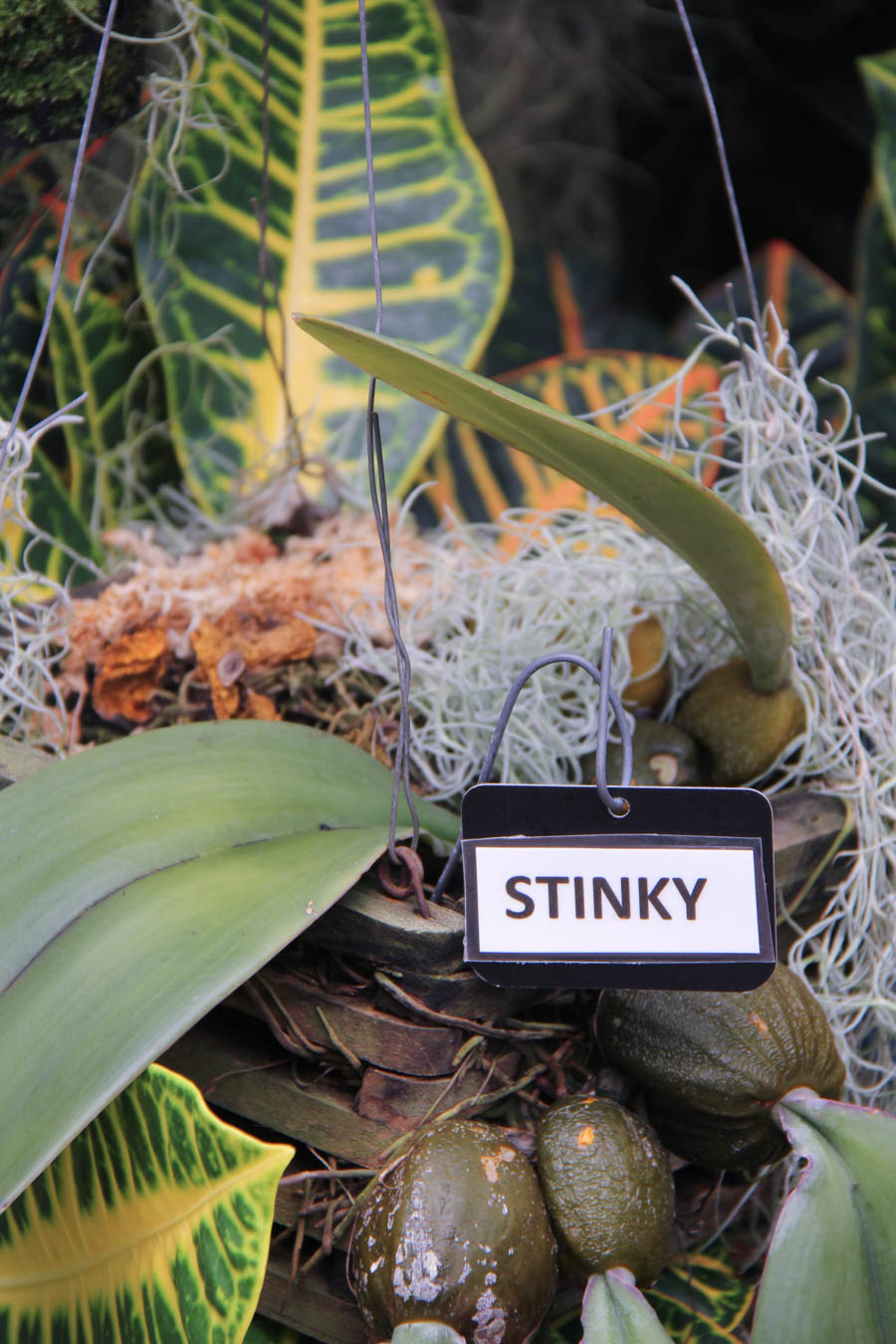
We took a sniff and didn't smell anything
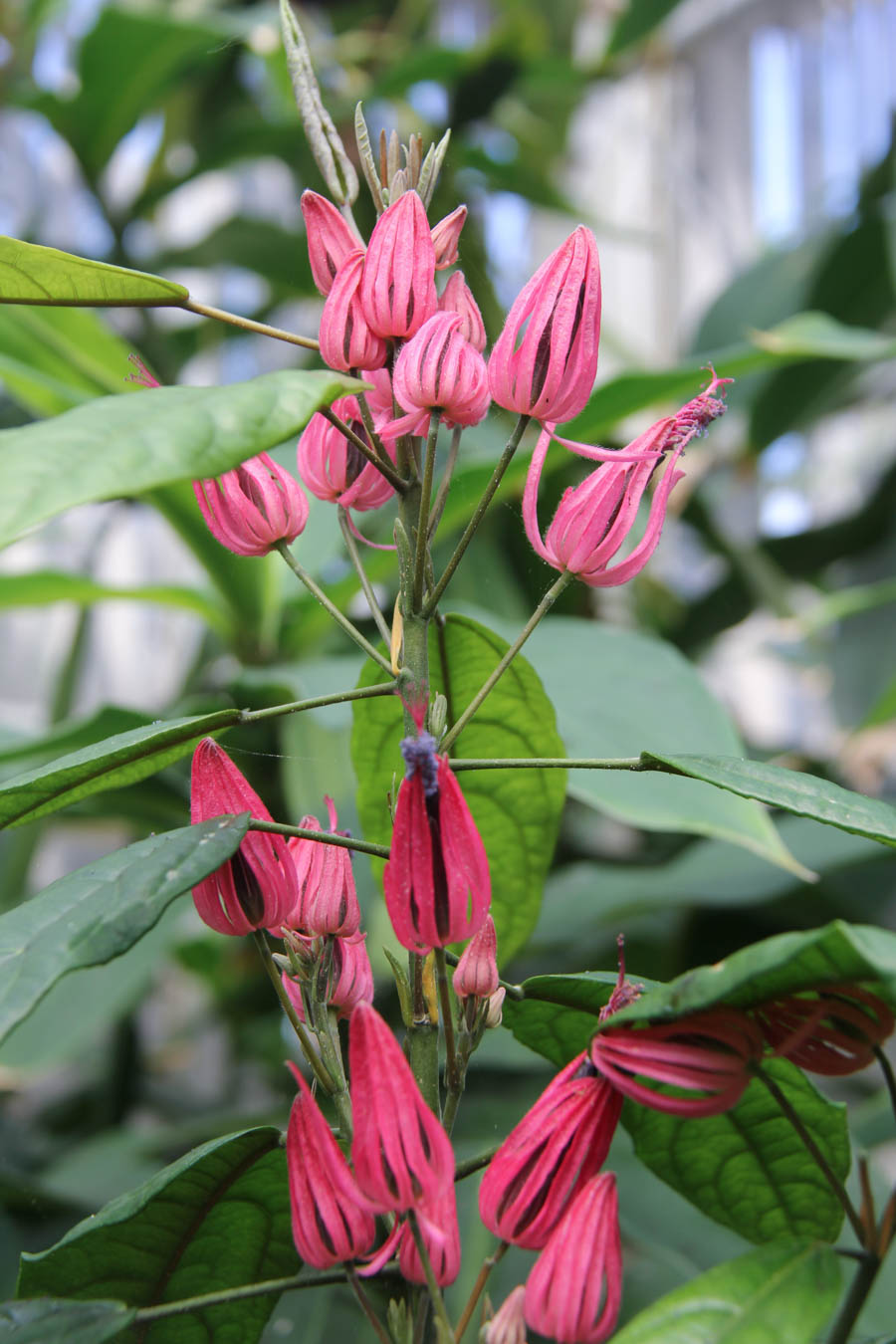
The grotto has many varieties of delightful flowers
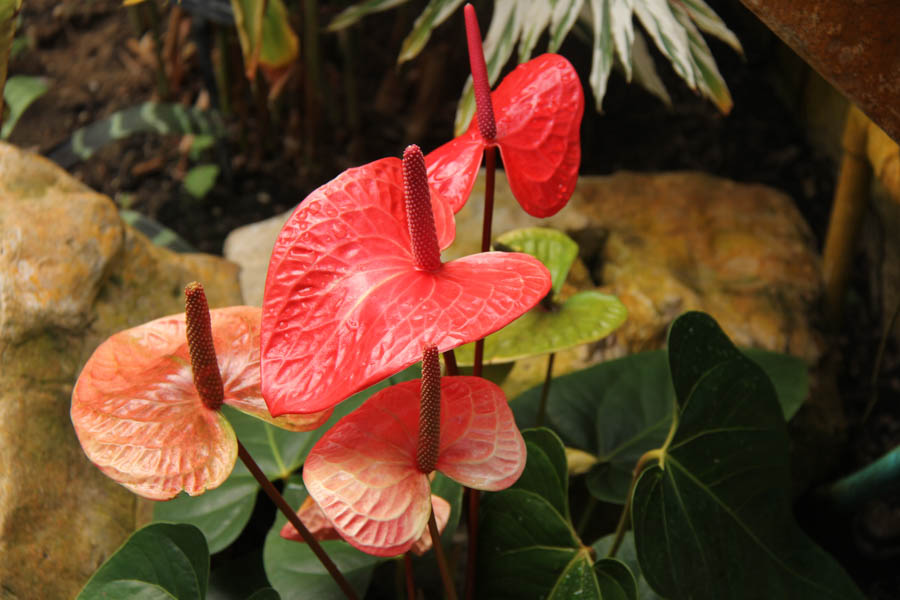
Anthuriums were standing proud
Did You Know? - Anthurium is a genus of about 1000 species of flowering plants, the largest genus of the arum family, Araceae.
General common names include anthurium, tailflower, flamingo flower, and laceleaf.
The genus is native to the Americas, where it is distributed from northern Mexico to northern Argentina and parts of the Caribbean
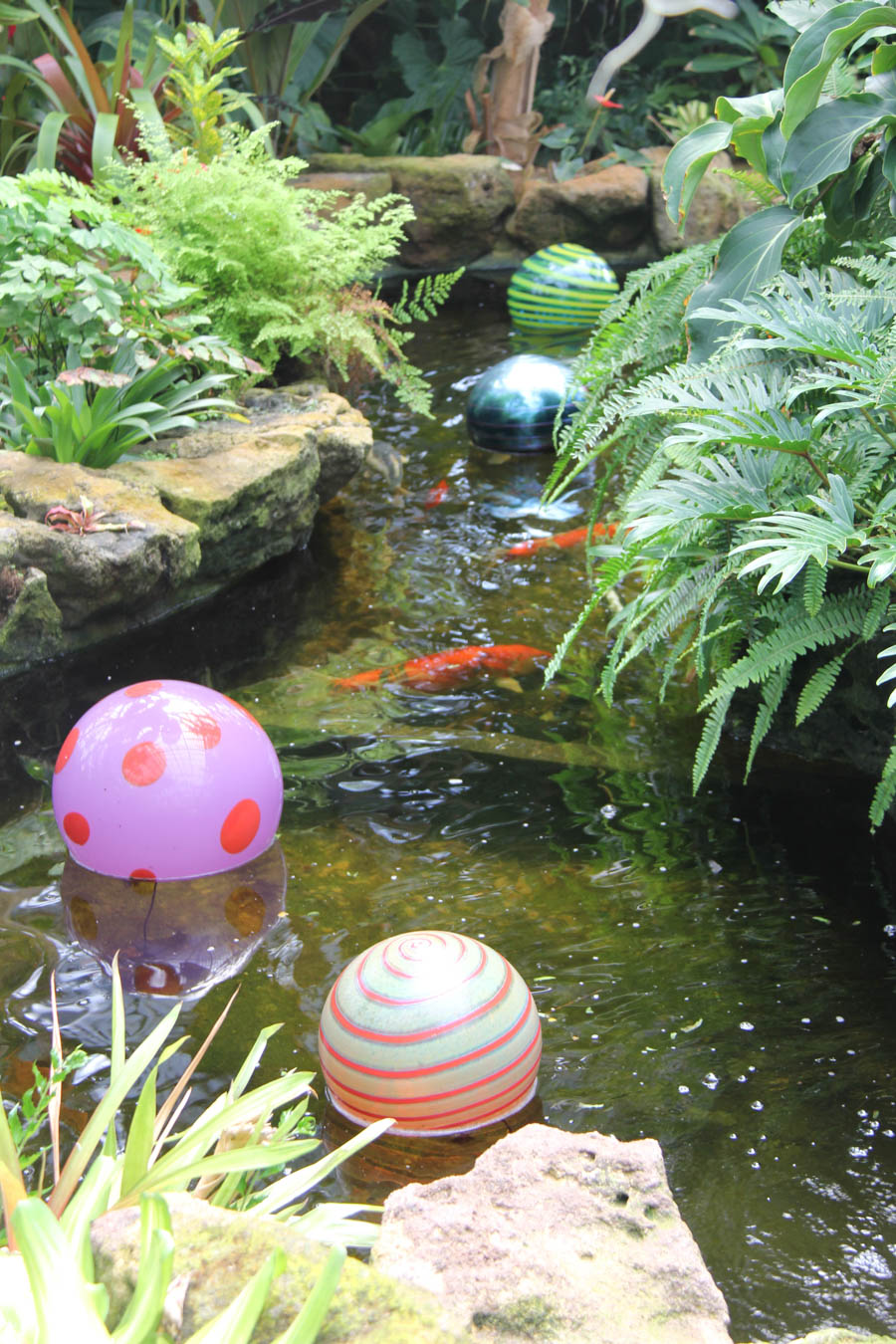
Looks like the fish are having fun also!

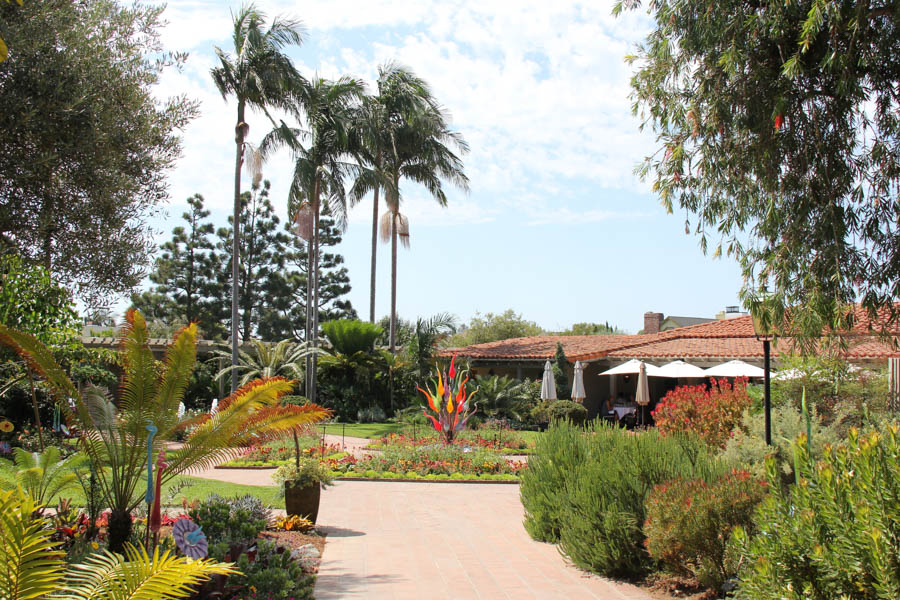
In the main garden the glass stands tall

The area was roped off to keep people from touching the glass!

This old guy has been standing there for years!

Did You Know? - hamaedorea tepejilote, also known at the pacaya palm, is a species of Chamaedorea palm tree found in the understory of the forests of southern Mexico, Central America, and northern Colombia.
The immature male inflorescences of the plant are considered a delicacy in Guatemala and El Salvador. The unopened infloresences resemble an ear of corn in appearance and size.
Indeed, the word tepejilote means "mountain maize" in the Nahuatl language and was selected because of this resemblance.
(Castillo Mont and his co-authors suggest that "pacaya," the common name for both the plant and its edible flower could be derived from the volcano of that name.)
Pacaya has a somewhat bitter taste, although less so in cultivated varieties.
It is eaten in salads (especially fiambre, a salad traditionally eaten in Guatemala on the Day of the Dead) or covered in egg batter and fried. The latter dish is called "rellenos de pacaya," and is often served with tomato sauce, like chiles rellenos.

A little bitten but indeed edible!
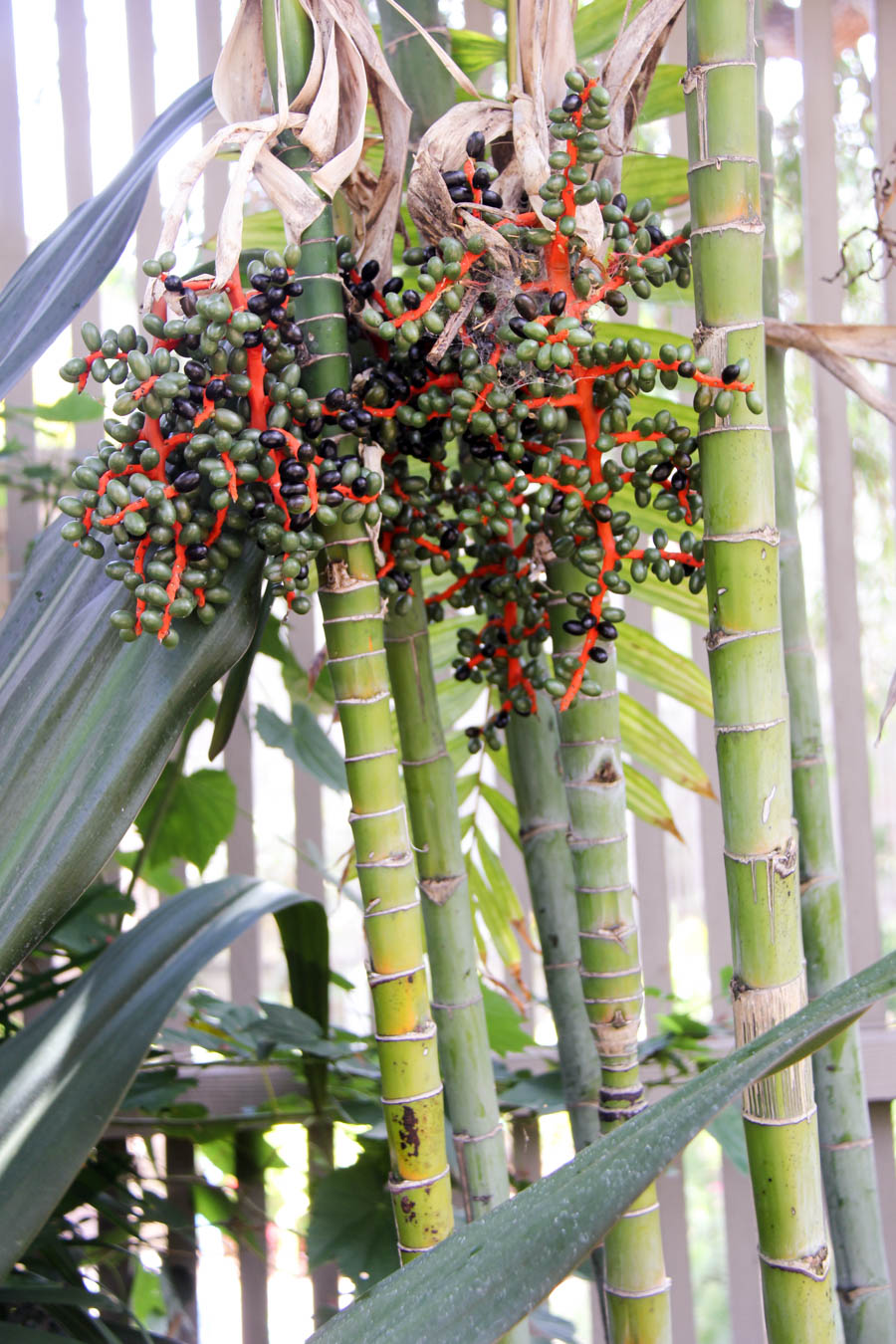
Beautiful stems

A form of begonia!

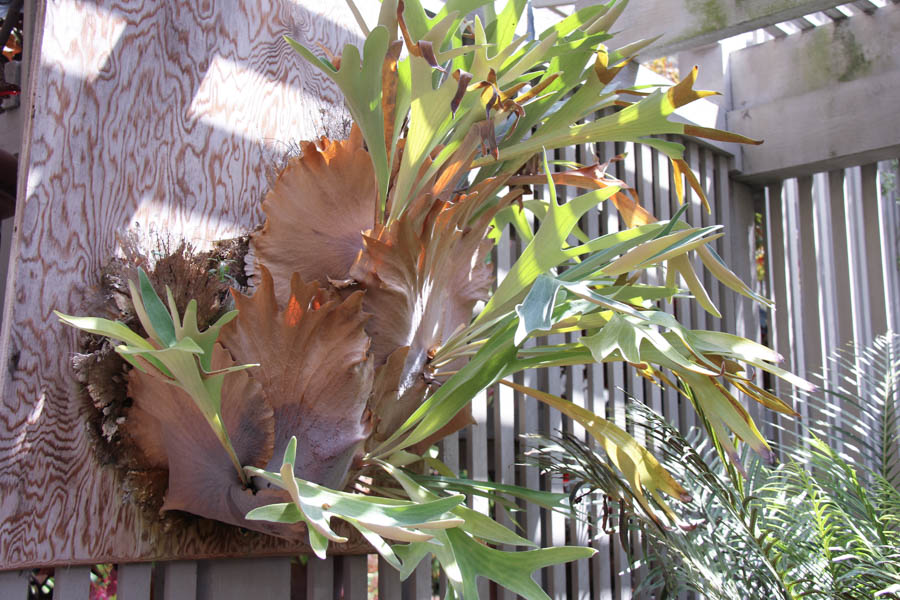
How do you feed it?
Did You Know?
Peel a banana and eat or discard the fruit.
Cut the banana peel into smaller pieces with a knife to help it decompose more quickly.
Place the banana peel pieces between the board or tree and the basal frond. Use a bamboo pole or similar object and put a whole banana peel on its tip to lift it up to a staghorn fern mounted high on a tree.
Water the peel in well and water once a week to help the peel decompose.
Supplement the banana peel's high phosphorus and potassium content with an all-purpose 20-20-20 fertilizer once a month.

Going toward the main entrance

Fantastic colors
